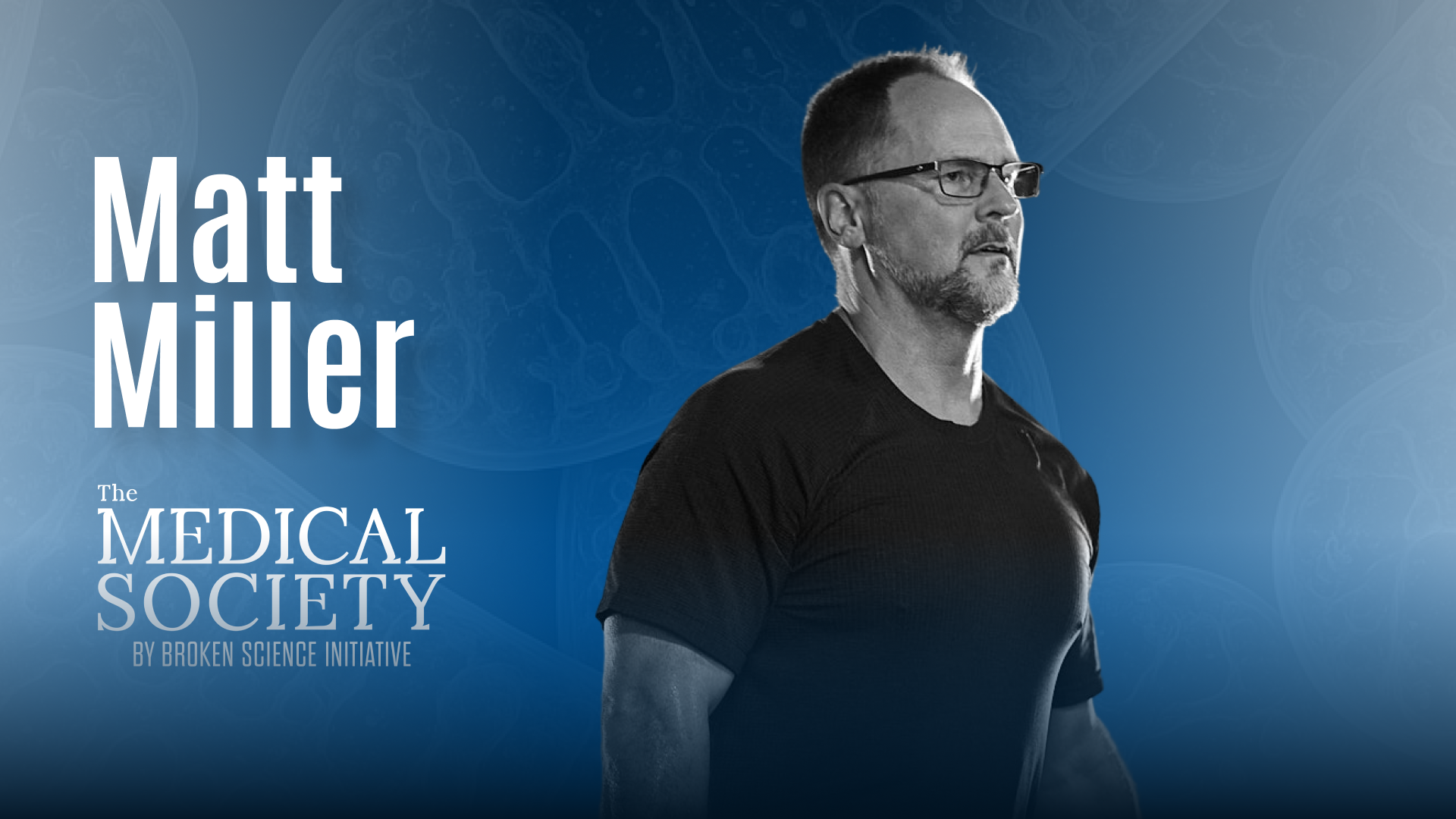The strength of Coach Glassman’s new definition of health lies in its ability to give us a clear, practical way to assess and measure fitness, health, and even quality of life over time. At its simplest, fitness is the capacity to handle the demands of life. Those demands always involve moving your own body and moving external loads, which can be measured through the fundamental units of force, time, and distance.
More specifically, true fitness is expressed as a high level of work capacity across broad time and modal domains. At any stage of life, sickness reduces that work capacity, while broad and sustainable capacity requires health.
How does this connect to traditional health markers like blood pressure, triglycerides, and cholesterol? These indicators are correlates—just as VO₂ max is a correlate of fitness. You wouldn’t trade away mobility or physical capacity just to lower your blood pressure. The real goal is the opposite: you want those numbers to improve in order to preserve your mobility, independence, and freedom.
Is Glassman’s definition of health simply designed to justify its workouts? Not at all. This definition stands independently as a universal benchmark—one that can be used to evaluate the effectiveness of any fitness or wellness program, not just Glassman’s methodology. While no one yet has all the data, what we finally have is a metric that is both relevant and meaningful.
In this video from 2009, Tony Budding explores these themes and more with Coach Greg Glassman.
Greg Glassman founded CrossFit, a fitness revolution. Under Glassman’s leadership there were around 4 million CrossFitters, 300,000 CrossFit coaches and 15,000 physical locations, known as affiliates, where his prescribed methodology: constantly varied functional movements executed at high intensity, were practiced daily. CrossFit became known as the solution to the world’s greatest problem, chronic illness.
In 2002, he became the first person in exercise physiology to apply a scientific definition to the word fitness. As the son of an aerospace engineer, Glassman learned the principles of science at a young age. Through observations, experimentation, testing, and retesting, Glassman created a program that brought unprecedented results to his clients. He shared his methodology with the world through The CrossFit Journal and in-person seminars. Harvard Business School proclaimed that CrossFit was the world’s fastest growing business.
The business, which challenged conventional business models and financially upset the health and wellness industry, brought plenty of negative attention to Glassman and CrossFit. The company’s low carbohydrate nutrition prescription threatened the sugar industry and led to a series of lawsuits after a peer-reviewed journal falsified data claiming Glassman’s methodology caused injuries. A federal judge called it the biggest case of scientific misconduct and fraud she’d seen in all her years on the bench. After this experience Glassman developed a deep interest in the corruption of modern science for private interests. He launched CrossFit Health which mobilized 20,000 doctors who knew from their experiences with CrossFit that Glassman’s methodology prevented and cured chronic diseases. Glassman networked the doctors, exposed them to researchers in a variety of fields and encouraged them to work together and further support efforts to expose the problems in medicine and work together on preventative measures.
In 2020, Greg sold CrossFit and focused his attention on the broader issues in modern science. He’d learned from his experience in fitness that areas of study without definitions, without ways of measuring and replicating results are ripe for corruption and manipulation.
The Broken Science Initiative, aims to expose and equip anyone interested with the tools to protect themself from the ills of modern medicine and broken science at-large.
Support the Broken Science Initiative.
Subscribe today →


